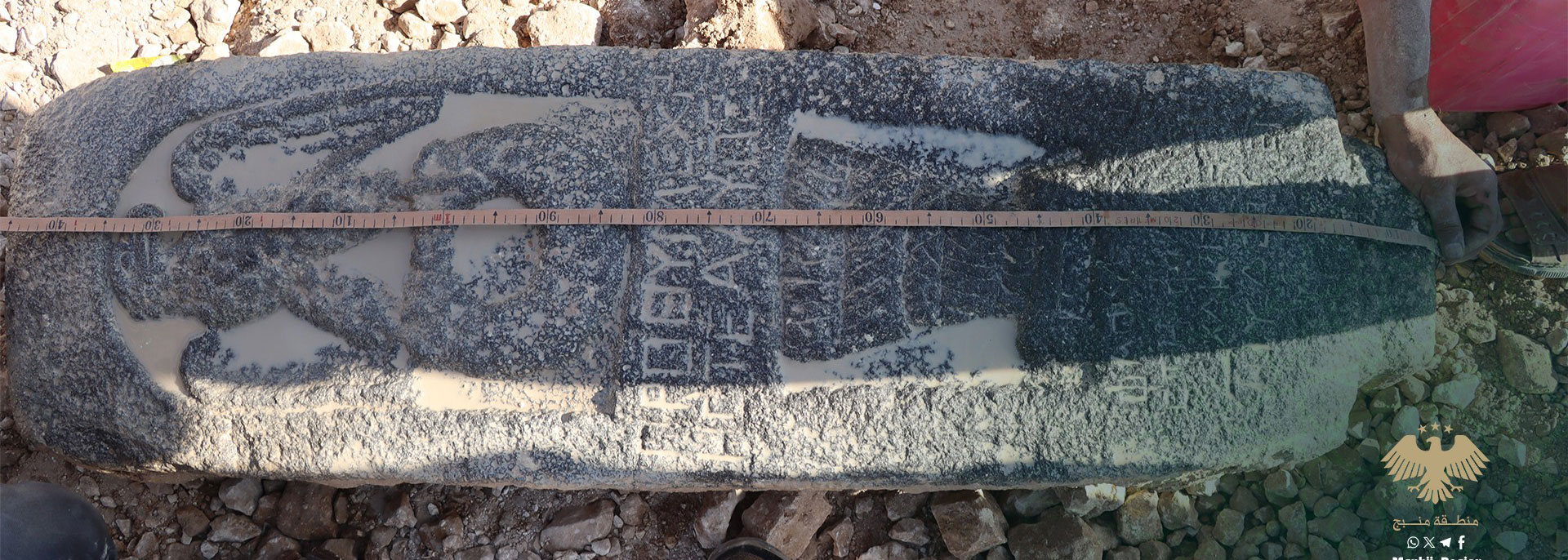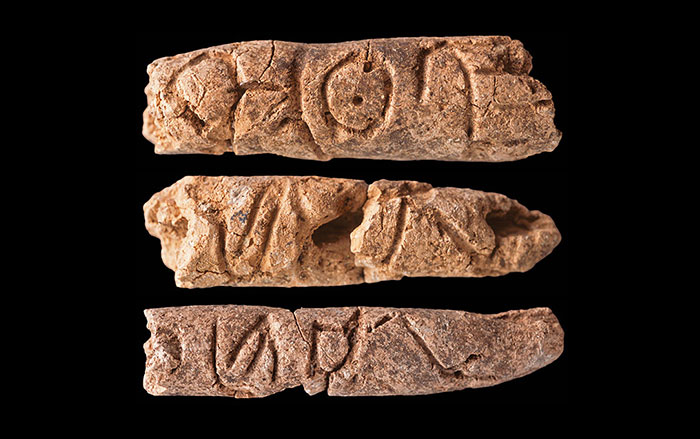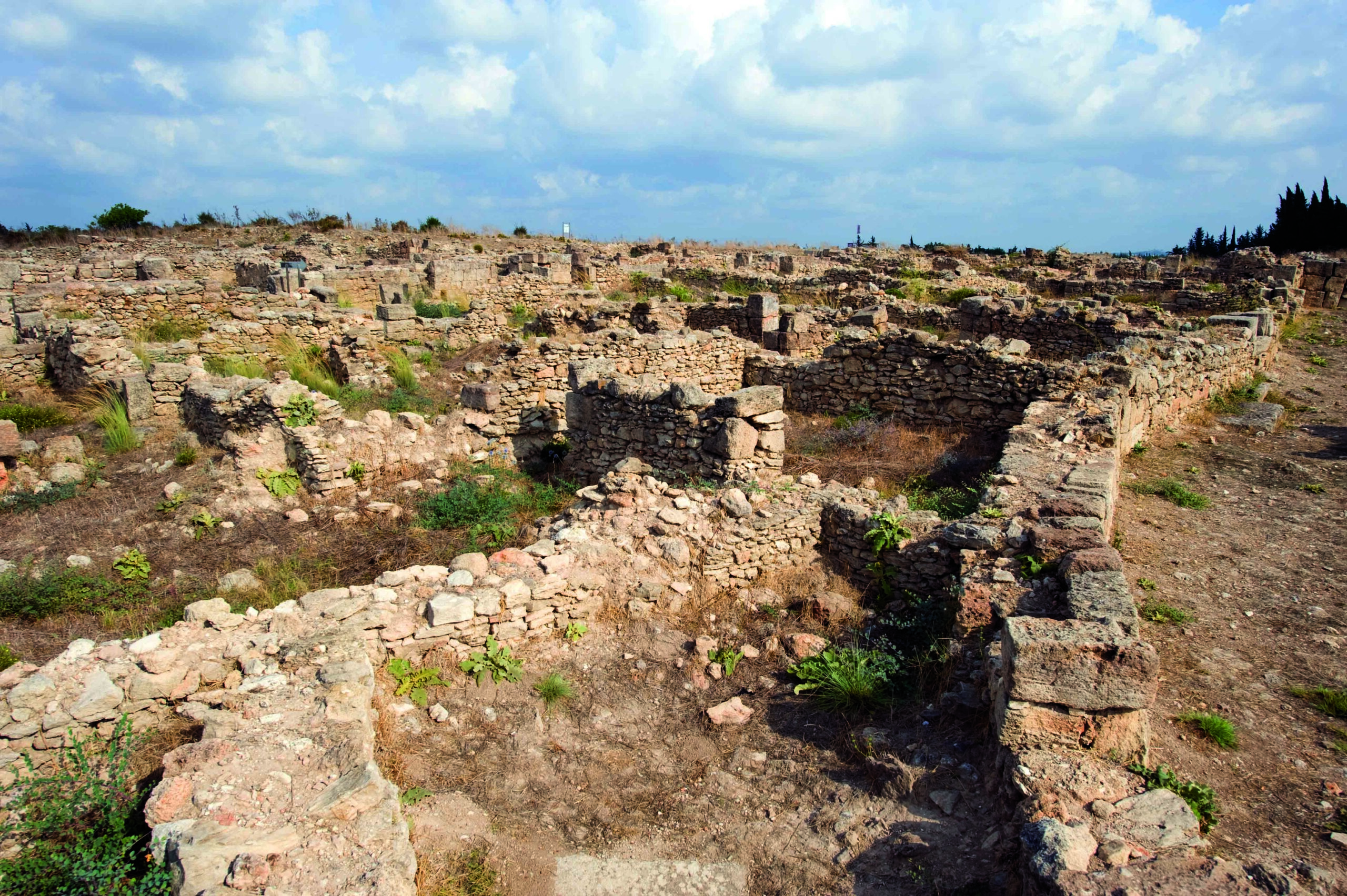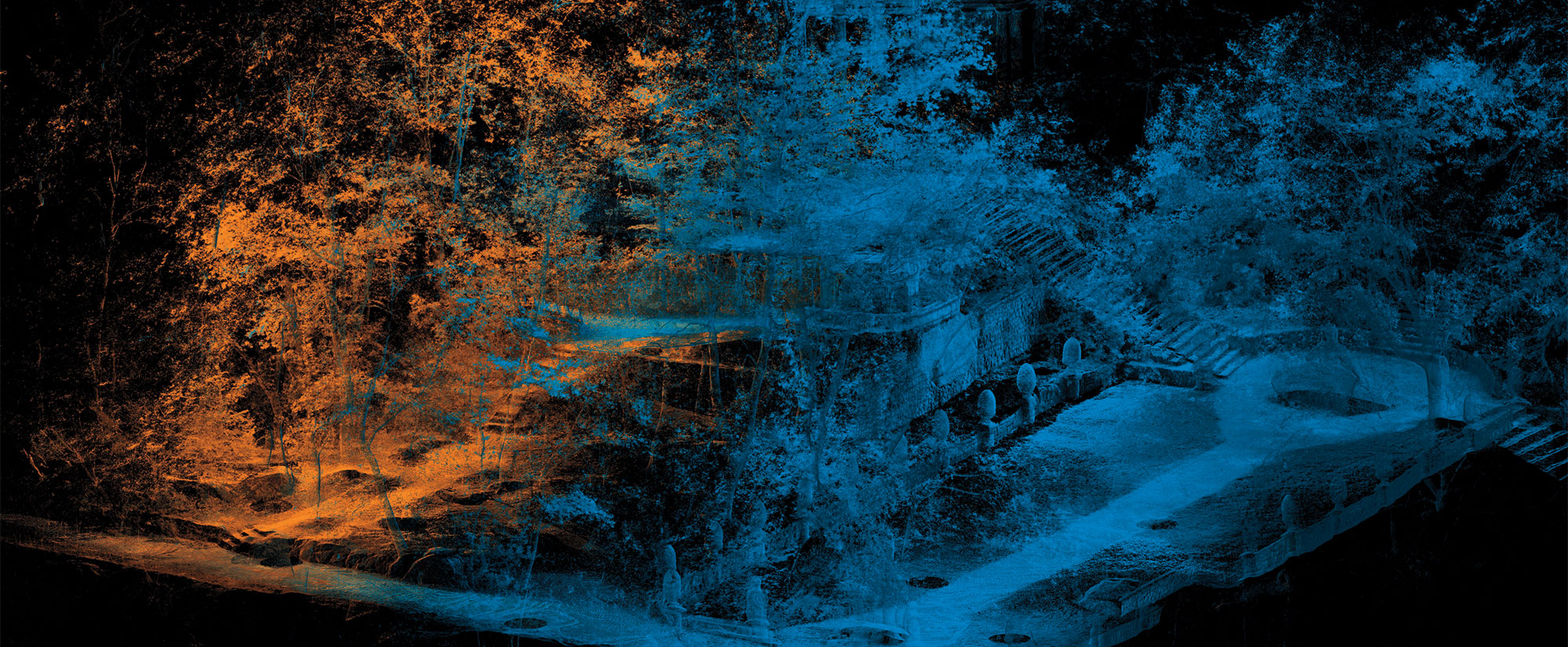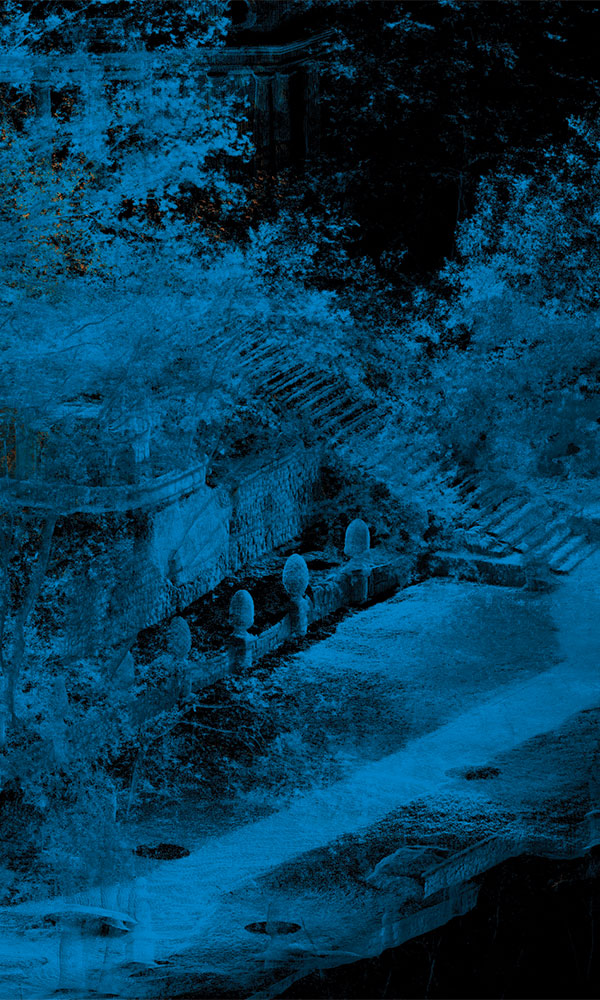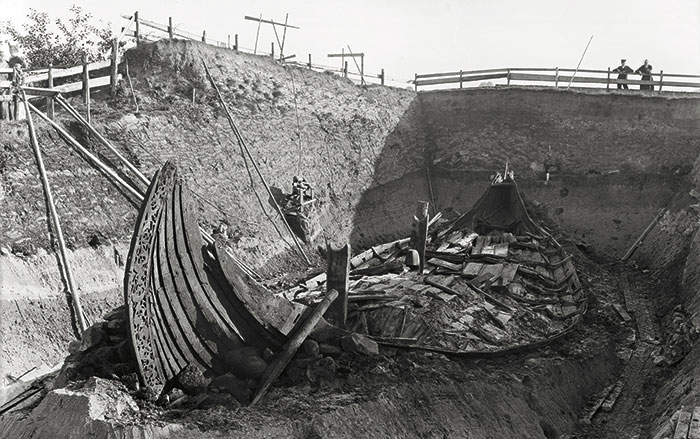
MANBIJ, SYRIA—Greek City Times reports that a resident of Manbij, Syria, notified local authorities of the presence of a large inscribed stone buried near a central city market. An archaeological team called to the site recovered the object and identified it as a Roman-era stele. The black basalt pillar, which was shaped around 2,000 years ago, features an ornately carved eagle clutching a wreath in its talons along with an inscription written in Greek. In Roman society, the eagle was closely associated with the god Jupiter and symbolized strength, authority, and divine protection. Greek was the dominant language used in the eastern Roman provinces. The combination of both Greek and Roman elements signifies the cultural fusion that permeated the city at this time. Hierapolis Bambyce, the ancient city in what is now Manbij, was a flourishing settlement celebrated for its temples, trade networks, and grand architecture. Experts believe the stone served as a funerary monument, and hope that once the inscription has been translated it will reveal details about the name, rank, and lineage of the deceased. To read about an ancient mound in Syria now covered by a lake, go to "Mesopotamian War Memorial."


